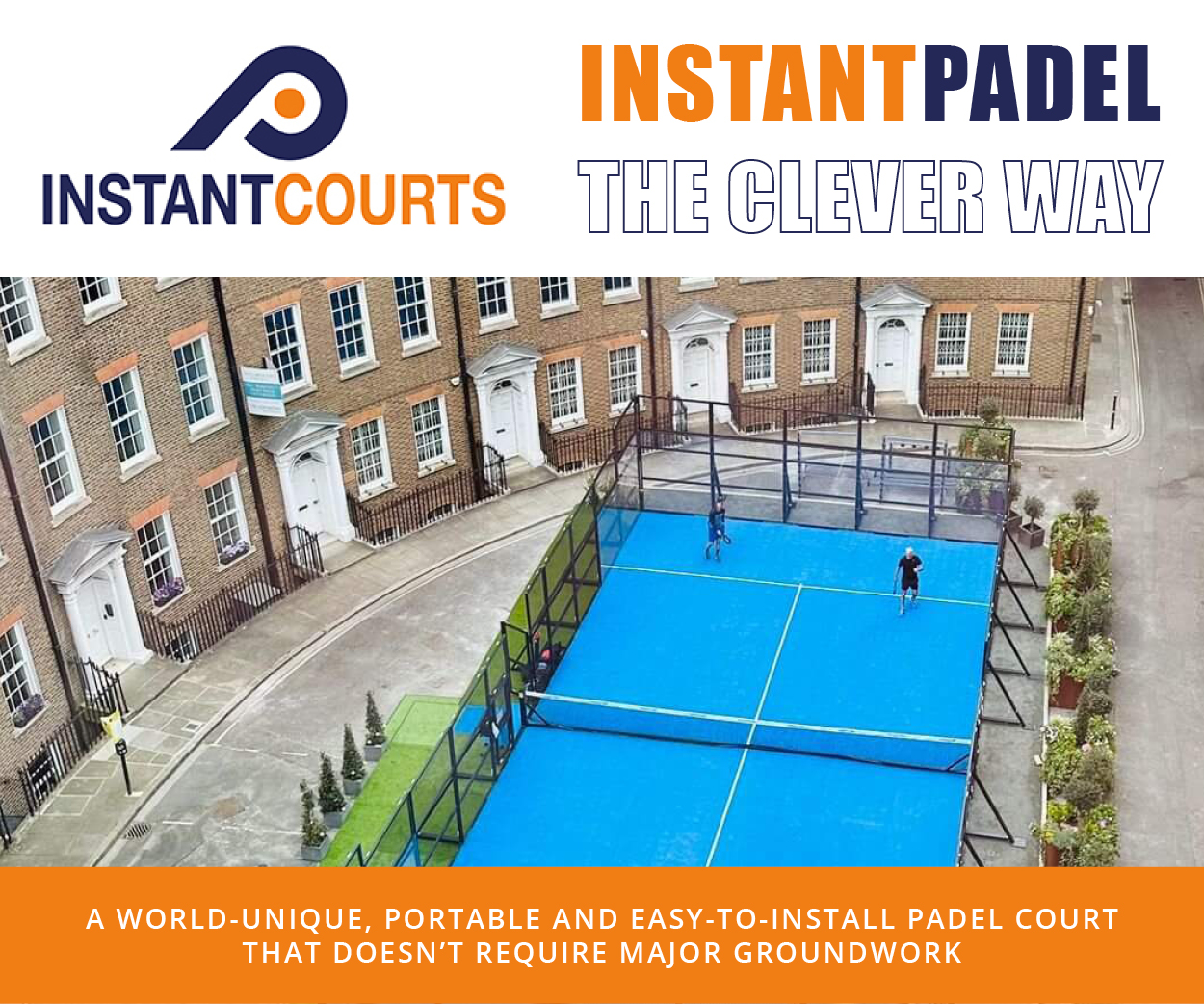Anyone working in the UK padel club industry — from large multi-site operators to single-court facilities in a golf club car park — will shudder at the mere mention of the dreaded words ‘planning permission’.
The tortuous admin pile of site surveys, planning assessments, pre-applications, designs, access and planning statements have slammed the brakes on many an investor and entrepreneur eager to capitalise on the padel buzz.
The complex and capricious planning system can extend project timescales by months or even years, eating into resources and profit margins and gradually wearing down the patience and enthusiasm of investors and project managers.
For advice on navigating this labyrinth, we asked Sam Thistlethwaite from Padel Plan, experts in securing planning permission for padel courts in the UK, for his top tips…

- Establish Site Feasibility and Planning Strategy
Begin by assessing the feasibility of your chosen site, review the planning history, designations, and previous uses on the site. Develop a clear planning strategy, including a timeline for submissions. Consider whether a pre-application submission to the local planning authority would be beneficial to identify potential issues early. Also check if change of use permitted development rights are available to avoid having to submit a full planning application.
- Identify Ecological Constraints Early
Determine if your project will affect more than 25m² of habitat. If so, you may need ecological surveys or Biodiversity Net Gain (BNG) assessments. Addressing this early avoids delays later in the process.
- Define and Stick to a Clear Proposal
Be precise about what you’re proposing from the start. Frequent or late changes to the design can lead to planning delays or additional costs. A well thought-out and fixed proposal supports a smoother application process further down the line.
- Commission the Right Supporting Assessments
Identify early which technical documents are needed — such as noise impact assessments, highways reports or heritage appraisals — and instruct them as part of your planning pack.
- Engage the Community Proactively
Padel is growing in popularity, so use this to your advantage. Communicate with potential users and local residents early in the process. Letters of support from the community can strengthen your application and help address concerns before they become objections.
For all those embarking on padel club projects, good luck!

Contact Padel Plan at padelplan@identityconsult.co.uk









































